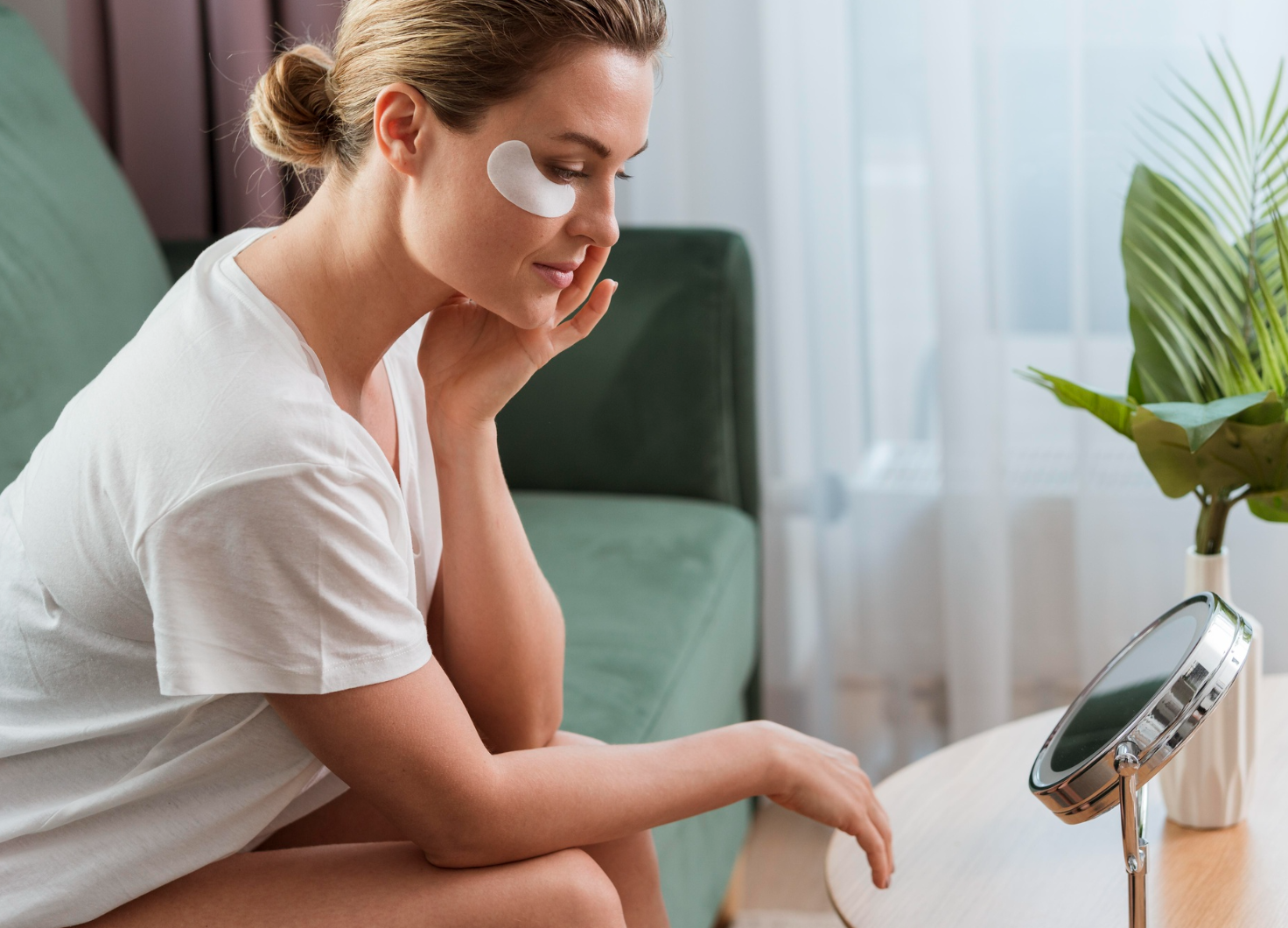The Psychology Behind Scrolling Addiction and How to Break Free
Discover why scrolling addiction is so powerful and how to break free from the habit for a healthier lifestyle.

It starts as a quick check. A five-minute break from work, a glance at notifications, maybe just a scroll through TikTok before bed. Then, suddenly, an hour is gone, and the only thing that’s changed is the fact that you’re now fully aware of a stranger’s morning routine, the latest viral challenge, and a niche internet drama that doesn’t even involve you.
If this sounds familiar, you’re not alone. Scrolling addiction has become a universal struggle, with social media platforms designed to keep users engaged for as long as possible. The never-ending feed, auto-playing videos, and “for you” pages are built to tap into the deepest corners of human psychology, ensuring that stopping feels harder than continuing.
The worst part? Even when we know it’s happening, it doesn’t make it easier to stop. Understanding what is scrolling addiction is the first step in taking back control, but breaking free from it requires more than just willpower.
How Scrolling Addiction Hijacks Your Brain
The reason social media scrolling addiction feels so irresistible isn’t accidental. It’s a result of carefully engineered algorithms that know exactly what keeps you hooked.
At the core of it is dopamine, the brain’s “feel-good” chemical. Every time a post gets a like, a new video pops up, or a headline sparks curiosity, it triggers a tiny dopamine release. It’s the same reward system that makes gambling addictive. The unpredictability of content—some posts are funny, others dramatic, some informative—keeps you scrolling because you never know what will come next.
This unpredictability is what makes tiktok scrolling addiction particularly intense. The infinite scroll is like a slot machine, delivering random hits of entertainment that make your brain crave just one more. The reward isn’t just the content itself but the feeling of “winning” when you find something interesting.
But there’s a downside. Over time, scrolling addiction numbs the brain to lower levels of stimulation, making regular tasks feel boring in comparison. A book, a conversation, or even a movie might not hold the same appeal because your brain has been trained to crave rapid-fire, high-stimulation content.
The Link Between Social Media Scrolling Addiction and Anxiety
The irony of what is scrolling addiction is that people often start scrolling to relax but end up feeling even more anxious. Studies have shown that excessive scrolling leads to increased stress, information overload, and heightened anxiety levels.
Doom Scrolling, a version of scrolling addiction where people obsessively consume negative news, is particularly harmful. The constant exposure to distressing content can create a sense of helplessness, making the real world feel more chaotic and overwhelming.
Another consequence is sleep disruption. The blue light from screens suppresses melatonin production, making it harder to fall asleep. Even worse, the high engagement nature of tiktok scrolling addiction tricks the brain into staying alert, preventing real relaxation.
Why You Keep Scrolling Even When You Know It’s Bad for You
There’s a moment of awareness in every scroll session where you realize you should probably stop. But instead of putting the phone down, the fingers keep moving. This is where behavioral psychology comes in.
One of the biggest reasons how to stop scrolling addiction feels so hard is because of habit loops. Every scroll starts with a trigger (boredom, stress, habit), followed by the action (scrolling), and ends with a reward (entertainment, distraction). This cycle reinforces itself until it becomes automatic.
Another factor is personalization. Algorithms know what keeps you hooked and fine-tune your feed accordingly. Whether it’s cat videos, skincare tutorials, or social debates, the content is curated for you, making it harder to disengage.
The FOMO (fear of missing out) effect also plays a role. The moment you step away, your brain convinces you that you might miss something important. Platforms feed into this by constantly refreshing content, ensuring there’s always something new waiting.
The Science of Breaking the Scroll Cycle
Breaking free from scrolling addiction isn’t about quitting cold turkey. That approach rarely works because the brain craves the dopamine it’s been conditioned to expect. The key is retraining the brain to find satisfaction in activities that don’t involve endless scrolling.
The first step is identifying why you scroll. Is it boredom? Stress? A way to avoid tasks? Understanding the root cause makes it easier to replace scrolling with healthier alternatives.
The second step is introducing intentional friction. Small changes, like turning off notifications, setting screen time limits, or removing auto-play features, create a pause between impulse and action. This pause is crucial, it gives the brain time to reconsider before diving back in.
The final step is rewiring dopamine triggers. Engaging in activities that provide natural dopamine boosts like exercise, socializing, or creative hobbies, reduces the reliance on digital highs.
Detoxing Your Mind from Social Media Scrolling Addiction
A social media detox doesn’t mean quitting all platforms permanently. It means reshaping your relationship with them.
One of the most effective ways to break scrolling addiction is to curate your feed. Instead of consuming random content, follow accounts that add value to your life. Muting or unfollowing sources of negativity can significantly reduce mindless scrolling.
Another strategy is screen-free zones. Designating certain areas like the bedroom or dining table as phone-free zones helps create boundaries between real life and digital distractions.
Some people find success with scheduled scrolling. Setting a specific time each day to check social media prevents the endless “just one more minute” trap.
Accountability also helps. Whether it’s using an app to track screen time, enlisting a friend to join you in a digital detox, or keeping a journal of screen habits, being mindful of scrolling behavior makes it easier to change.
The best way to stop scrolling addiction is to find alternative activities that bring genuine joy. The reason scrolling feels so addictive is because it fills time effortlessly. Replacing it with intentional activities creates long-term satisfaction. Movement is a great replacement. A short walk, stretching, or even dancing for a few minutes releases dopamine naturally and boosts energy. Journaling can also help. Writing down thoughts and experiences provides the same reflective escape that scrolling often replaces. Reading physical books is another powerful alternative. Unlike fast-paced digital content, books engage the brain in a slower, more meaningful way, helping reverse the negative effects of tiktok scrolling addiction. Finding a creative hobby, painting, playing an instrument, or even cooking gives the brain a healthy dopamine boost without the drawbacks of social media addiction. So, start implementing at least one of these practices in your day-to-day life and get rid of scrolling addiction one step at a time.
For more on how to live your best life, be sure to follow Rugged Outfits.




